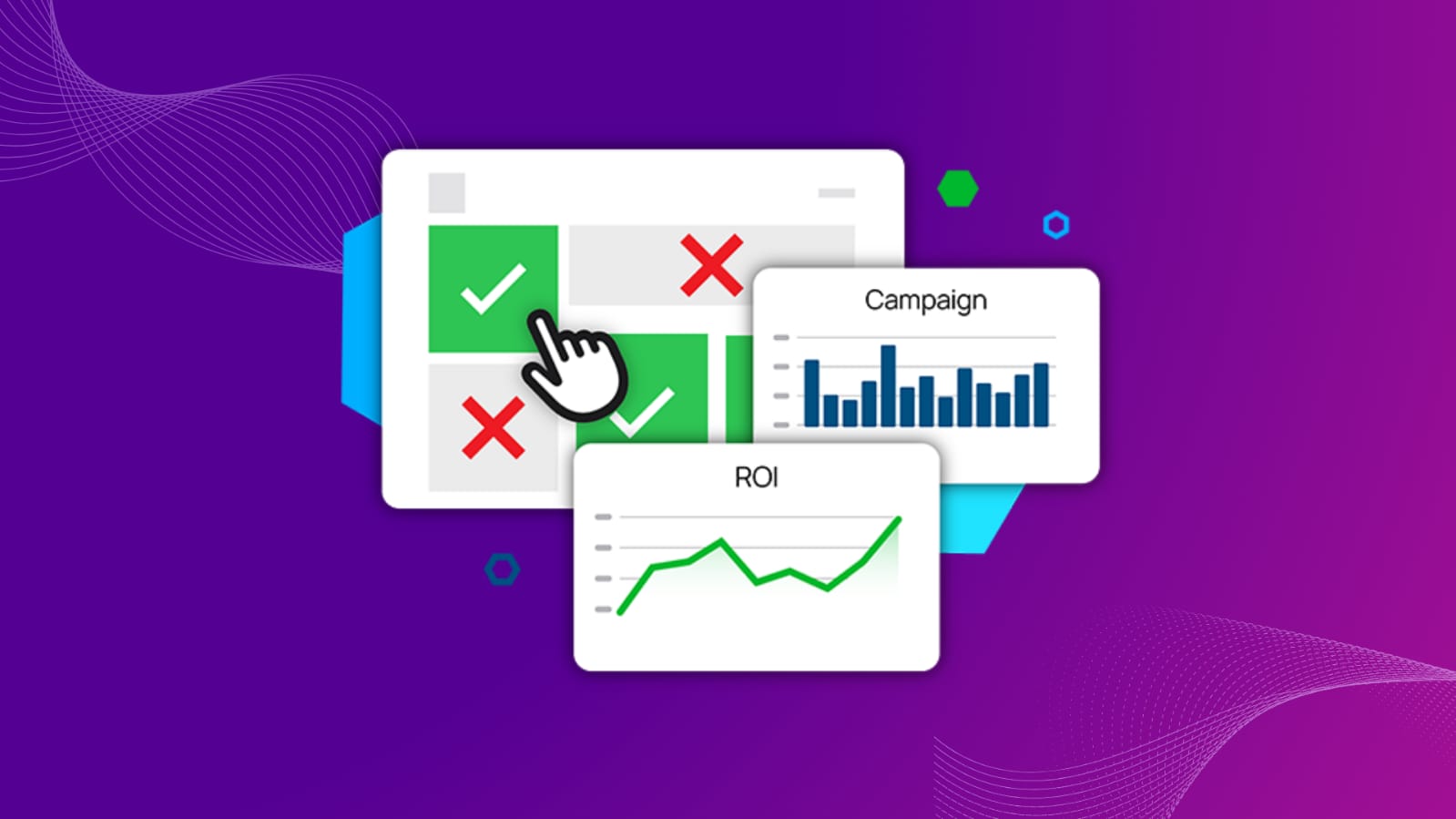Click Fraud is Evolving: Is Your Traffic Validation Tool Ready to Combat?
Click fraud isn’t what it used to be. What used to involve basic bots and click farms has evolved into a high-stakes war where artificial intelligence (AI) is used as a medium to make these techniques sophisticated and easy to execute. According to Juniper Research, digital ad fraud is expected to cost businesses over $100 billion by 2024, with click fraud contributing a significant portion. The question that marketers now must answer is: Are you ready to act against curbing the impact of click fraud before it quietly depletes your ad spend and skews your data?
In this blog, we’ll explore how AI is elevating click fraud, why traditional ad fraud detection methods fail to identify sophisticated click fraud patterns, and why marketers must adopt an advanced verification tool that can combat click fraud proactively to protect click quality and performance.
The Evolution of Click Fraud
Click fraud has evolved from simple bots to AI-based systems that simulate real user activity—scrolling, clicking, and browsing organically. These bots employ proxies, spoofed machines, and session replays to avoid conventional detection. Some even combine automation with human effort through click farms.
This is all made possible through available AI tools, and outdated fraud detection techniques. AI-based fraud is scalable, adaptive, and more difficult to detect.
In order to remain safeguarded, brands require advanced fraud solutions powered by machine learning and behavioural detection that identify the subtle, fraudulent patterns conventional solutions cannot detect.
How Click Bots Works
Click bots are scripts programmed to simulate automated activity and execute fake clicks on ads or links. On a simple level, a basic click bot might simply load a webpage and click a particular link. More sophisticated click bots take an extra step to simulate actual user behaviour—by moving the mouse, adding random pauses before clicking, and randomizing the delays between actions—to evade detection.
To expand click fraud operations and not trigger red flags, fraudsters tend to employ botnets—a collection of infected devices, each with a copy of the click bot. Each computer normally has a different IP address, so it looks like clicks are originating from real users from varied locations. The computers are normally infected through malware, usually without the users’ awareness.
The Real Damage: More Than Just Wasted Spend
Click fraud is vastly underappreciated by marketers in terms of how it distorts website analytics. In addition to wasted spend, it messes up your whole marketing plan:
- False CTRs- Campaigns look good, but activity is fake.
- Corrupted Lookalike Audiences- Retargeting on bot data means poor performance.
- Skewed Attribution- Conversions are attributed to fraudulent channels or touchpoints.
- Budget Misallocation- Brands bet more on channels bots prefer.
These problems all lead to one fundamental challenge: You can’t optimize what you can’t trust. And without trustworthy click quality, even the most effective-performing strategies can fall apart under the pressure of deceptive insights.
Why Traditional Tools Can’t Keep Up
Most marketers still use legacy ad fraud tools developed for a bygone age—when bots were less sophisticated and click fraud easier to detect. These systems usually rely on basic pattern detection methods like:
- Traffic from suspicious IP addresses
- High-suspicious device IDs
- Clicks from non-targeted locations
- Unusual CTR spikes
Traditional Detection Is Broken — Advanced Click Fraud Protection Must Be Proactive
Many marketers still rely on outdated click fraud detection tools—built for an era when bots were basic and easy to block. These legacy systems use IP blacklists, geo-fencing, and static rules to flag anomalies like unusually high click-through rates. While effective against simple threats, they fall short against today’s sophisticated, AI-driven fraud.
Modern click bots continuously evolve, mimicking real user behaviour and bypassing traditional detection. Rule-based systems can’t keep up with these adaptive threats or respond in real time.
Today, marketers need more than post-campaign reports—they need real-time, proactive protection.
Why Switch to Advanced Click Fraud Detection Tool?
Behavioural Anomaly Detection
Monitors interaction patterns for signs of faked human-looking behaviour—but, of course, not foolproof.
Device & Browser Fingerprinting
Creates distinct identifiers for visitors, which simplifies the tracking and blocking of repeated fraudulent attempts within sessions.
Real-Time Protection
Advanced anti-fraud tools such as Fraud Detection Solution by mFilterIt work at the impression level—i.e., they block click fraud before it skews your analytics or depletes your ad spend.
This transition from reactive detection to proactive fraud protection is critical. Wherein bots are becoming increasingly adept at emulating humans, your defense systems need to learn quicker.
Why Improving Click Quality Is the New Competitive Advantage
These days, defending your clicks is the same as defending your performance, your data, and ultimately, your ROI. Optimizing for keywords or creative is no longer sufficient. You need to optimize for authenticity.
That’s where AI-based fraud solutions such as Valid8 by mFilterIt come into play. Designed to catch and block fraud even before it ever distorts your numbers, Valid8 makes sure that every click you pay for is real, and every choice you make is based on clean, accurate information.
Conclusion
Click fraud is no longer a backdoor issue—it’s a front-and-center threat to your marketing performance, budget, and decision-making. With AI powering more human-like fraudulent activity, traditional defences simply can’t keep up. Every invalid click distorts your data, wastes your ad spend, and erodes the trust you place in your analytics.
To maintain a competitive edge, marketers need to shift from passive monitoring to active click fraud protection. That means embracing modern, AI-driven anti-fraud solutions like Valid8 by mFilterIt can detect and blocking click fraud in real time—before it ever touches your campaigns.













